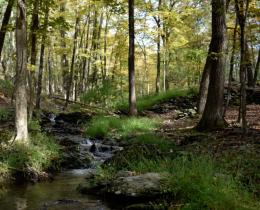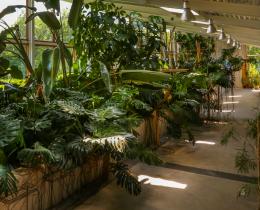Cristina Mittermeier, founder of the International League of Conservation Photographers, explained in an interview with Mother Nature Network how the field came into being. “When I was starting my career as a nature and cultural photographer I was surprised by how little interest most nature photographers had in conservation and environmental issues. It was almost taboo to speak about the environment. It was perceived as a polarizing issue that was best left alone," she said.
“There [were] a handful, however, who like me, were passionate about making sure the places and species they photographed were protected; and they were willing to do whatever it took…to make sure their images were reaching the right audiences. By coining ‘conservation photography’ as a new discipline, I wanted to elevate the work those photographers were doing.”
The topics that today’s conservation photographers address are broad. In addition to tackling many issues around habitat preservation, members of the iLCP have brought to light the existence of the seldom-seen South American giant armadillo, the fight to prevent the government of Jamaica from bulldozing the nation’s largest nature preserve in order to build a new port, and the harm being done to small-scale fishermen in Mozambique from overfishing.
For self-described conservation photographers, the tripping of the shutter is just the start of the process. The even more difficult work is in ensuring that the images make a difference—that they find their way to the desks of politicians, business professionals, and ordinary citizens, as well as into the right publications so that the hoped-for preservation of wildlife and wilderness and culture comes about.
As for the aesthetic, National Geographic photographer Joel Sartore says, “The typical nature photograph shows a butterfly on a pretty flower. The conservation photograph shows the same thing, but with a bulldozer coming at it in the background. This doesn’t mean there’s no room for beautiful pictures, in fact we need beautiful images just as much as the issues. It does mean that the images exist for a reason: to save the earth while we still can.”
How to get involved
If you want to get involved in conservation photography, here's what you can do:
- Pay attention to context. As with most documentary photography, the scene in which your subject is set is often as important as the subject itself. It can transform an image from the mere beautiful to the insightful.
- Take the picture. Don’t second guess yourself. If the subject, scene, lighting, and timing are coming together, take the shot and worry about what you might use it for later. You never know when the resulting image may be useful; it may be weeks or months later, or it may be years later when your snapshot has historical value.
- Don't worry about your camera. The old adage, which runs counter to much of the commercial hype around equipment, is that the best camera is the one you have with you. This means, for many of us, our smartphones. Even if you have a dedicated photographic kit, learning to make the best possible images with your phone is a skill worth learning.
- Finally, it’s worth reading the ethical standards of conservation photography, as outlined by the iLCP, and taking them to heart.



